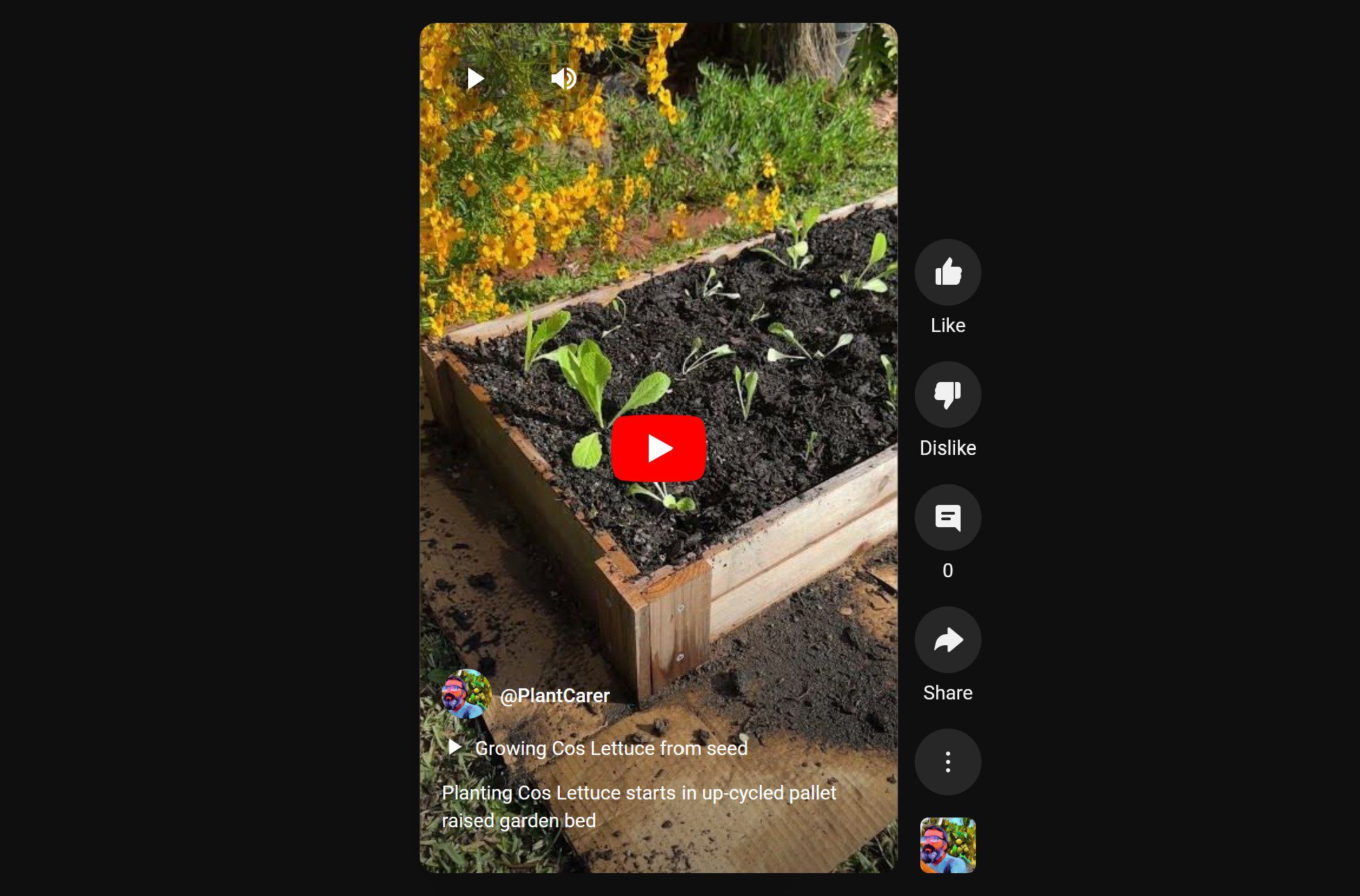Parsley is a herb that some people love to have in their gardens, but others are not so sure about. It can be used as an ingredient for many dishes, or it can just be grown for decoration. One question that comes up often is how much water does parsley need? Well, let’s find out…
How Much Water Does Parsley Need?
Generally, parsley needs water about once a week. But, this can vary depending on the conditions of your parsley plant and where it is planted.
It’s best to give enough water for it to deeply penetrate the soil and reach the root system. Parsley roots grow on average about one foot into the ground, so make sure to water enough for this to happen.
Parsley plants grow well in moist soil because they are native to regions that have lots of rainfall or humidity throughout the year. They can also work well in sandy or loamy soil.
If your parsley plant is not growing as quickly, it may be due to a lack of water. Also, if the leaves are wilting and drooping downwards this could mean that the plant needs more water.
Can I Give Tap Water to My Parsley?
No, do not give tap water to your parsley plant. Parsley should only be given water that has been filtered and purified so all the chemicals in it are gone.
Another reason for this is because if there’s too much sodium or sulfur in the soil, parsley will develop yellowing leaves due to chlorosis, which makes them look unhealthy and isn’t very pleasing to the eye.
It’s best to use distilled water or rainwater for your parsley plant so this doesn’t happen. You can buy a machine that distills water, but it does cost money and takes time which you might not have if you’re trying to grow them quickly before an event! Luckily though, there are some alternatives you can use…
Can I Use Cold Water on My Parsley?
No, do not use cold water on your parsley plants. Parsley likes warm temperatures, so if you give it cool or cold water, this can damage the plant and even stunt its growth!
One way to tell whether the temperature of the water is too low for your parsley is by feeling it with your hand. If it’s too chilly for your hand, then it’s too cold for the parsley.
Can I Give Hot Water to My Parsley?
No, never give hot water to a parsley plant. Parsley should only be given warm or room temperature tap water.
If you want to use the cold method for watering your parsleys, make sure you let the bucket of water sit in sunlight for about an hour before giving it to them. This way, the temperature will rise up to a more comfortable one instead of instantly shocking them.
Can I Use Distilled Water on My Parsley?
Yes, distilled water is perfectly fine to use on your parsley plant. This type of water has been purified, so all the chemicals and contaminants have been removed from it.
This means that distilled water does not contain any salt or added minerals like tap water, which could affect your parsley’s growth rate in a negative way. To save money, you can even use water you’ve boiled to remove contaminants yourself.
What Happens if I Overwater My Parsley?
Overwatering your parsley plant can lead to rot and root diseases. Over time, the soil around the roots will become soggy and soft, which makes it very easy for fungi or bacteria to develop.
Root rot happens when there is too much water in the soil that prevents oxygen from reaching the root system of a parsley plant, which can kill it.
In extreme cases, the roots may even rot away entirely and all that’s left of your parsley plant is a dead stalk in the ground! This usually happens if you’ve been watering multiple times a day for longer periods of time.
What Happens if I Underwater My Parsley?
Underwatering your parsley plant is not as harmful, but it can make the roots weaker and smaller since they are deprived of nutrients for too long.
This makes them more susceptible to diseases because there’s not enough strength in the root system to fight off fungi or bacteria that invade it after watering less frequently – even if you do water regularly.
Parsley can also develop a lighter green color if it’s not given enough water, which makes the plant look sickly and unhealthy. Plus, it may wilt or droop more often due to its roots being unable to support its stems properly! This is another sign that your parsley isn’t getting enough water.
So make sure you water your parsley plant often enough so it doesn’t wilt or turn a pale color. This is the best way to ensure that its roots are strong and healthy, which makes them able to fight off any kind of disease!
Parsley requires about an inch of water every week in order for the soil around its roots not to get too soggy.
However, this can vary depending on the temperature of where it’s planted and how much sunlight it gets every day! Be sure to check the soil around your parsley plant regularly so you know when they need water again. This is especially important during hot summer months – if there isn’t enough rain, consider giving them a deep drink every few days.
Conclusion
In conclusion, there are several factors that will determine how much water your parsley plant needs. These include the type of soil it’s planted in, its exposure to sunlight and heat, as well as whether you choose distilled or filtered water.
If you want healthy parsley plants with strong roots for cooking, then make sure they get at least an inch of water every week! Also, remember to not give cold water or water from your kitchen tap to the parsley plant – it will be too chilly for its roots.
Tim is an avid gardener from the UK. He was the founder of PlantCarer.com from 2021 to Sep 2023. He sold PlantCarer.com to Aaron. He has since started his own business called Seed To Supper, which provides new gardeners all the materials you need in a box (pots, seeds, compost and instructions) to grow your own delicious and nutritious vegetables and herbs from start to finish – no garden required.









0 Comments